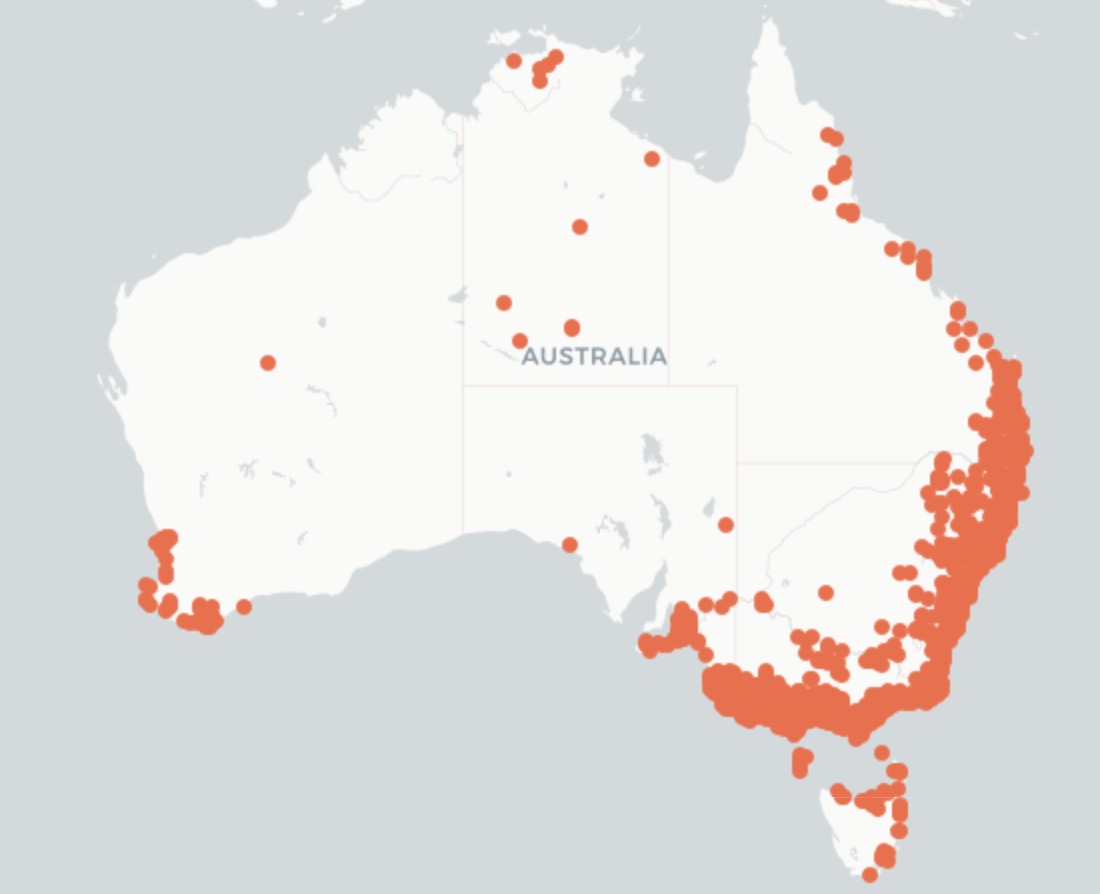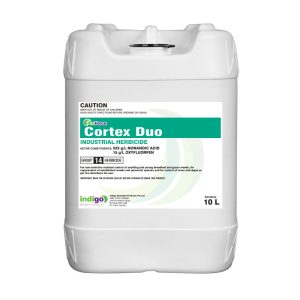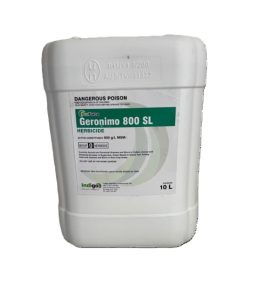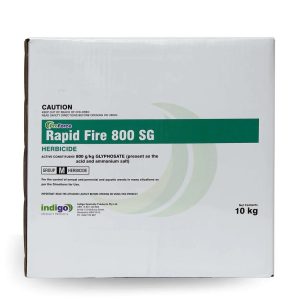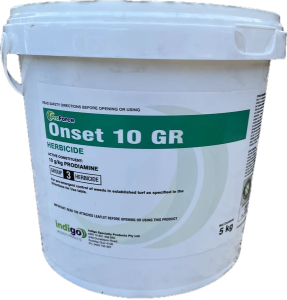Parramatta Grass (Sporobolus africanus).
Rat’s Tail is spread rapidly by vehicle traffic, wind and flood water. It grows rapidly, is frost and drought resistant, and produces around 80,000 seeds per plant.
After you read this, you will be able to:
- Identify Rat’s Tail.
- Know what conditions favour Parramatta Grass.
- Know the best options to control Tussock Grass.
Why is Parramatta Grass a Problem Weed?
- Is a weed in wet areas such like watered turf, roadsides and waste areas.
- It emerges all year round when soil moisture and temperatures are suitable. Spring and Summer is when most seedlings appear.
- Parramatta Grass produces large numbers of seeds, These readily disperse, and the soil seed bank builds up quickly.
- The seeds are viable for a long time.
- Tussock Grass grows in lower rainfall areas, but is most common in areas with an average annual rainfall above 700 mm per year.
More information on common lawn weeds is in our weed ID chart. What they reveal about soil conditions is in our blog on indicator weeds. Rat’s Tail or Parramatta Grass indicates soil compaction.
The distribution map for Rat’s Tail is courtesy on The Atlas of Living Australia.
How to Identify Parramatta Grass.
Category: Grass
Photosynthetic Pathway: Parramatta Grass is a C4 grass weed.
Flower: The flowers are green or grey.
Height: Parramatta Grass grows to a height of up to 50cm.
Leaf length: The leaves are up to 20 cm long.
Leaf width: The leaves of Parramatta Grass are up to 6 mm wide
Reproduction: The seeds of Tussock Grass are spread via machinery and vehicles. The seeds become sticky when wet, and then stick to animals and clothing.
Parramatta Grass produces up to 60,000 seeds per square metre, and estimates of the soil seed bank have put it at up to 600 to 4,000 seeds/m2.
Rat’s Tail does not disperse by wind, and even though the seed is small, most seed falls within 2 to 3 m of the plant.
Comments: Parramatta Grass has very tough, smooth and glabrous, dark green leaves. These leaves are mainly around the base, and are slender and stiff, with in-rolled margins. Where the blade meets the stem, the leaf sheath rolls around the stem.
Habitat: Rat’s Tail mostly grows in areas with a moderate to high rainfall. It favours compact soils, and invades low maintenance turf areas.
How to Remove Parramatta Grass from your lawn.
Cultural Control of Parramatta Grass.
- Preventing the spread of the seed of Parramatta Grass is the most effective way to control this weed.
- Daily fluctuations in temperature, and exposure to light stimulate the germination of this weed. Aim to keep a full turf cover, as it reduces temperatures fluctuations, and prevents seed germination.
- Any bare or thin turf areas allow the Parramatta Grass seed to germinate.
- You can hand remove small Parramatta Grass plants if there is not too much.
- Bag the seed head first to prevent seed dispersal.
- Slashing or Whipper snipping before you use a herbicide also pays dividends.
- Parramatta Grass favours compact soils, so soil aeration helps.
- Keep N up to your turf grass as it encourages a healthy turf cover.
The key is to try to manage Parramatta Grass before it seeds.
- Dig it out, and try to minimize soil disturbance.
- Immediately place the entire plant in a sealed bag. Remove this off site asap.
- Regularly re-check the site for new Tussock Grass plants.
Chemical Control of Parramatta Grass.
Pre-emergent Control.
- Pre-emergent herbicides like Barricade and ProForce Onset 10GR are effective to prevent Parramatta Grass.
Post emergent Control.
- The trials showed best results occur in the warmer months of the year.
- This did not achieve total control but it did successfully suppress it.
- Tribute Herbicide and MSMA are not currently registered for Rat’s Tail control.
Table of post Emergent Parramatta Grass Herbicides.
Product | Active | Chemical Group | Rate/Ha | Comments |
Tribute Turf Herbicide | 22.5 g/L Foramsulfuron | 2 | 2L | |
Geronimo | MSMA | 0 | 3-6L/Ha | 6 L/ha in 300 L of water for boom application or 3 L/ha applied twice approximately 10 days apart |
Non Selective Control.
The following are non-selective but also have a long term residual and stop re-growth of Parramatta Grass.
- Renegade. This stops Parramatta Grass for up to 12 months, and reduces the need for multiple herbicide applications.
- Numchuk Quad. Numchuk Quad gives effective post and pre emergent Rat’s Tail control for up to 12 months.
- Cortex Duo. Gives a rapid knockdown, and gives residual control for up to 3 months. Cortex Duo is safe to use around trees.
Table of Non Selective Total Herbicides for Parramatta Grass.
Product | Active | Chemical Group | Rate/Ha |
Glufosinate 200 | Glufosinate-ammonium | 10 | 1-6L |
Rapid Fire 800 | Glyphosate | 9 | 0.9-1.35 Kg |
Numchuk Quad | Terbuthylazine + Glyphosate + Amitrole Oxyfluorfen | 5 + 9 + 34 + 14 | 20-25L |
Cortex Duo | Nonanoic Acid + Oxyfluorfen | 14 | 7L/1000L |
Renegade | Bromacil | 5 | 3.5-6.5Kg |


